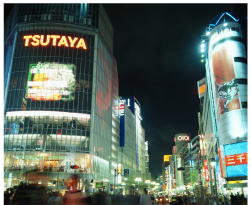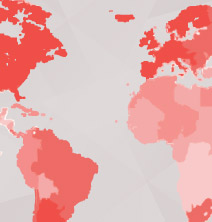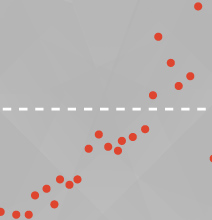Indicators

The medical community has been investigating the cause(s) behind these radically different cancer incidence rates in distinct countries.
Several studies, including some on Asian communities that migrated to the US, now support the “westernization” theory, with incidence related to lifestyle.
Research supporting that:
- As cities in Asia increasingly adopt a western lifestyle (for example very urban cities such as Tokyo in Japan), their breast cancer incidence rates also increase;
- In populations of Asian immigrants to the US, breast cancer risk increases the more integrated they are. It takes 2 to 3 generations for their risk of developing the disease to change from typical Asian states to standard US rates.
What this indicates is that the different breast cancer rates seen in western and Asian cultures are not the result of distinct genetic makeups, but factors intrinsic to their different lifestyles.
These are called risk factors , since they increase the risk of developing the disease.



